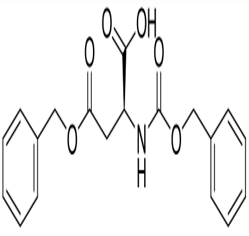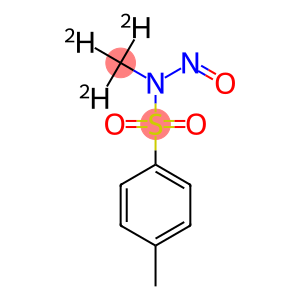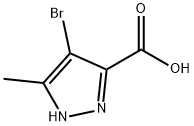N-Cbz-L-Aspartic acid 4-benzyl ester(CAS# 3479-47-8 )
| Risk Codes | 50 – Very Toxic to aquatic organisms |
| Safety Description | 61 – Avoid release to the environment. Refer to special instructions / safety data sheets. |
| UN IDs | 3077 |
| WGK Germany | 3 |
| HS Code | 29242990 |
Introduction
N-benzyloxycarbonyl-L-aspartate 4-benzylester, also known as Boc-L-phenylalanine benzyl ester, is an organic compound. Here is some information about its properties, uses, manufacturing methods, and safety:
Quality:
N-benzyloxycarbonyl-L-aspartate 4-benzyl ester is a white crystalline solid that is soluble in some organic solvents such as methanol, ethers, and ester solvents.
Uses: It can be used as a raw material for the synthesis of heterocyclic compounds such as furan, indole and pyrrole, and can be used for the synthesis and separation of chiral compounds.
Method:
The preparation of N-benzyloxycarbonyl-L-aspartic acid 4-benzyl ester is generally composed by reacting L-phenylalanine with urea to form N-benzyloxycarbonyl-L-aspartic acid, and then reacting with benzyl alcohol to form the final product. The synthesis process is generally carried out under the protection of inert gases (such as nitrogen), and requires certain synthesis technology and experimental operation experience.
Safety Information:
N-benzyloxycarbonyl-L-aspartate 4-benzyl ester has no particular safety risk under normal use conditions, but the following should still be noted:1. Avoid direct contact with skin and eyes to avoid irritation. 2. Good ventilation conditions should be maintained during use. 3. When storing, it should be stored in a dark, dry and low temperature environment. 4. If inhaled or ingested, seek medical attention immediately. When handling and using chemicals, relevant safety operating procedures and personal protective measures should be strictly adhered to to ensure safe use.







![2-Propenamide, N-[2-(3,4-dimethoxyphenyl)ethyl]-3-phenyl-, (2E)-(CAS#29946-61-0)](https://www.xinchem.com/uploads/2-Propenamide-N-2-34-dimethoxyphenylethyl-3-phenyl-2E-.gif)